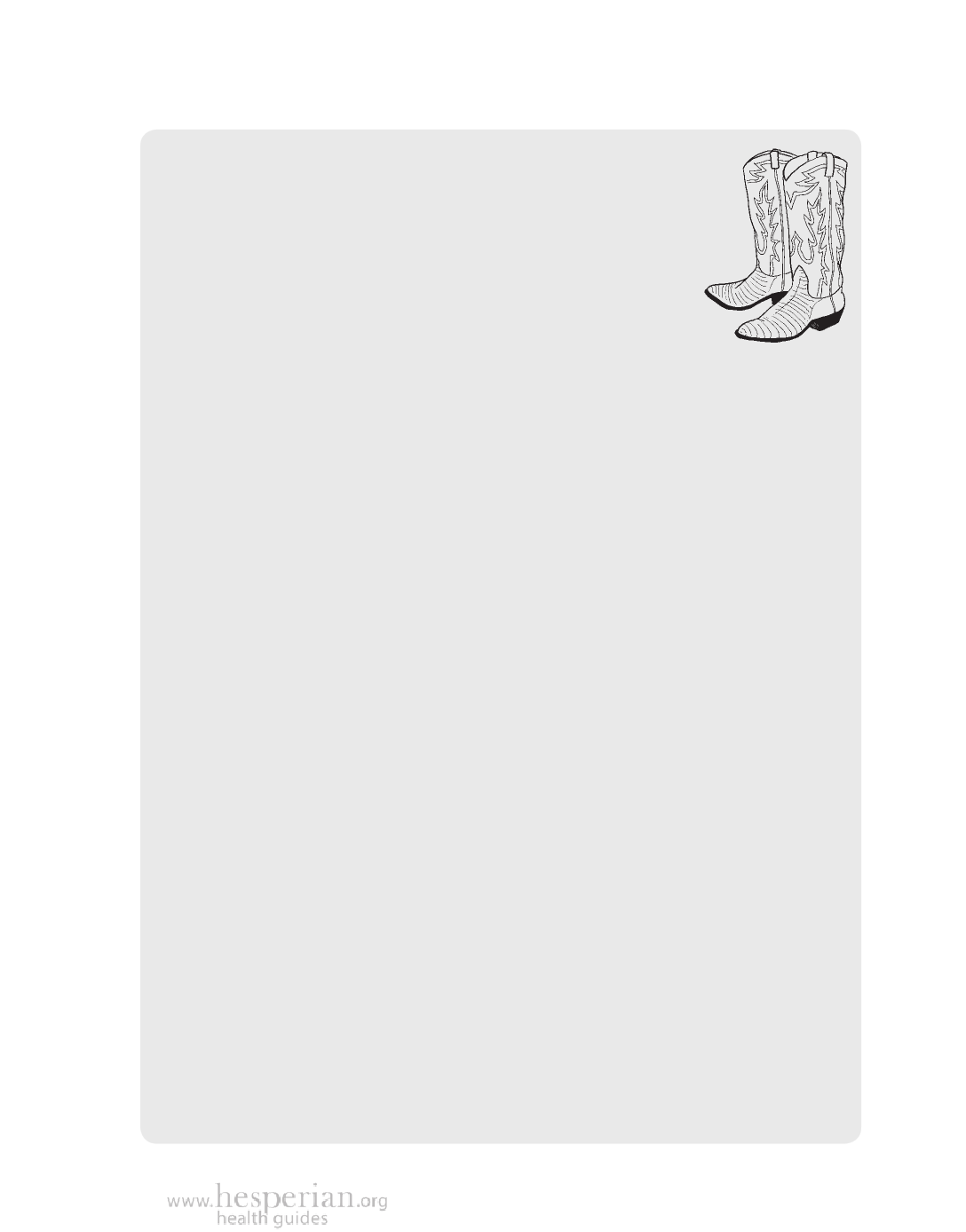
Clean Production 461
Cleaner production in tanneries
The city of León, México is famous for its high quality leather
shoes. The tanneries in León are small businesses, important to the
economic survival of the community. Unfortunately, the tanning
operations used to dump chemical waste directly into local
waterways, causing serious illness.
Over many years, León passed laws to regulate the pollution,
but the tanneries almost never obeyed them. Many tannery owners
thought reducing pollution was too costly and would hurt their businesses.
However, when thousands of birds died from pollution in a wetland near
León, the local trade organization representing the tanneries began to look for
ways to reduce pollution without hurting business. This was when they learned
about clean production.
Over the next several years, the trade organization helped the tanneries
reduce pollution, and many of the tanneries changed their practices. They
did not do this only because they wanted to protect local drinking water or
migrating birds. They also did it because they saw that clean production could
save them money and produce higher quality leather.
Tanneries in Africa and Asia worked with the United Nations Industrial
Development Organization (UNIDO) to find different ways to recover and
reuse the chemicals used in tanning. UNIDO’s Cleaner Production Project
showed that more than half of the pollution from tanneries could be reduced
through careful and efficient use of natural resources — using smaller amounts
and using them with greater care.
The tanneries of León learned from the UNIDO project and began to practice
cleaner production methods. First, they used a new process in which more of
the chromium in the tanning bath came in contact with the hide, and less
ended up as waste. Next, an enzyme (a natural product that causes chemical
changes) replaced the harmful chemicals used to soften hides. Some tanneries
that produced lower quality leather began using vegetable tanning rather than
chromium tanning, eliminating a very toxic and costly part of the process.
Tanneries that could find no alternative for chromium began reusing it,
rather than dumping it after the first use. The same was done with the large
amounts of chemical-filled water. Some tanneries built wastewater treatment
systems to clean the water and recycle it for reuse, protecting and preserving
water resources.
Now the leather workers of León know about clean production. When you
ask them why they use these new methods, they may tell you it is to protect
local waterways. But they will also tell you they now produce higher quality
leather for a lower cost than before.
A Community Guide to Environmental Health 2012